Behind the Scenes of Our Vintage Car Feature “Garage Candy”
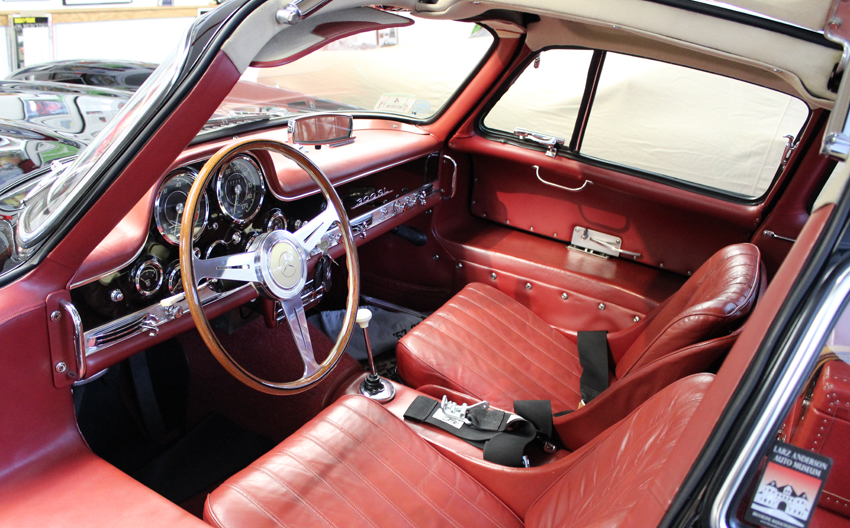
Photos by George Kennedy
You don’t have to know how to rebuild a carburetor (or even know what one does) to have a deep appreciation for cars. We name our cars, call them our babies, and occasionally apologize to them after piloting through an unusually large pothole. When we see a certain classic car pass us by, we associate it with a particular memory or emotion. That’s how the automobile, in its many forms, has become an integral part of our collective identity.
So when Boston Home editor Rachel Slade came to me with an assignment to find some of the coolest vintage cars in the area, I was equal parts elated and terrified. Tracking down a post-war European sportscar is always a fun pursuit—but six or seven? Now, we’re talking.
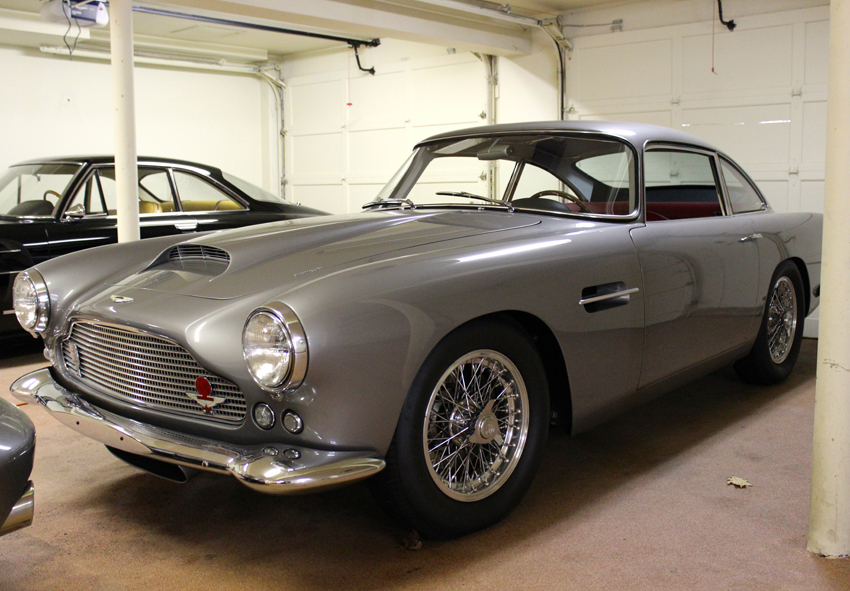
I had barely pressed END from my call with Rachel before I began typing S-T-E-E-L-E into my phone. Sheldon Steele is the executive director of the Larz Anderson Auto Museum in Brookline. In addition to being one of Boston’s true hidden gems, the museum is something of a country club for the automotive community in New England.
I explained to Sheldon the task at hand, which was followed by a pause before he responded,
“How many cars?”
“Six or seven.”
“Hmm… OK, let me call you back in a few.”
About 15 minutes passed…and the phone rang again.
“George, do you have a pen and paper… OK… Here are some names, numbers, and cars…” From there, the list began to take shape. Collectors can be very private individuals, and the fact that this information was being shared alerted me that I was being brought into a trusted circle, as did the warning not to share their information with a soul.
The first individual I visited was Tom Larsen. A wonderfully pleasant collector, Tom was the proprietor of the former Pillar House. Tom had collected his entire life, but said things really took off when he retired. The proof was when we entered his garage, and my entire wish list for this project appeared to be in one room:
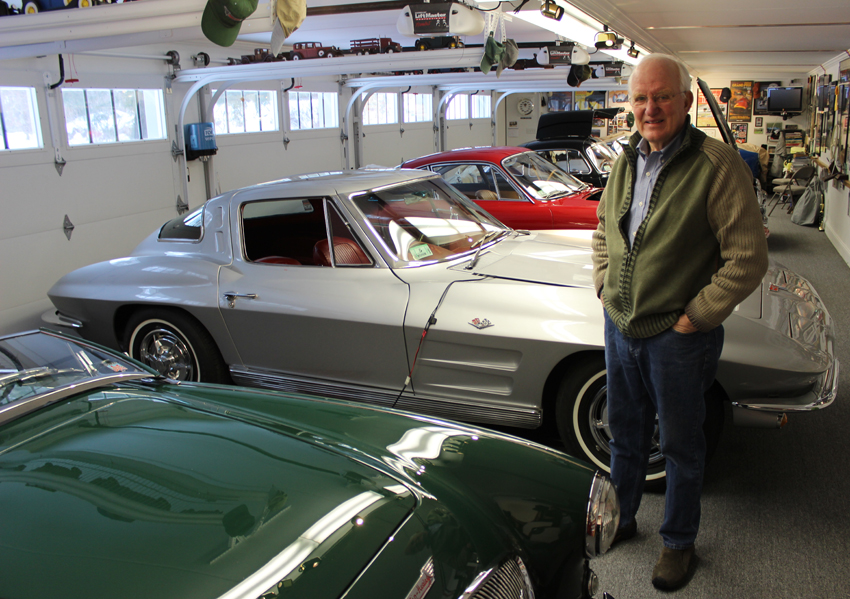
Starting with an award-winning Mercedes-Benz 300SL…
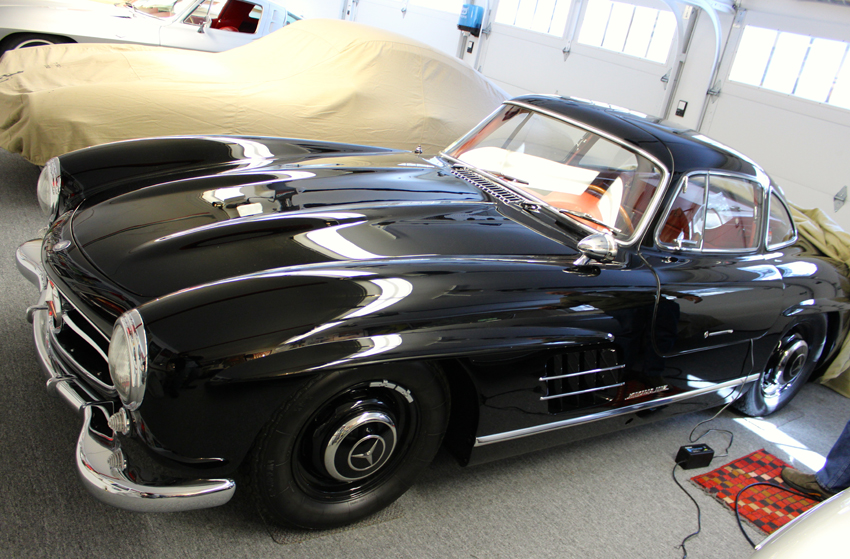
And a Ferrari 250GT Lusso that I had to pry myself away from.

Each of Tom’s cars had its own pair of driving gloves, placed on the center console, in preparation of a future use:
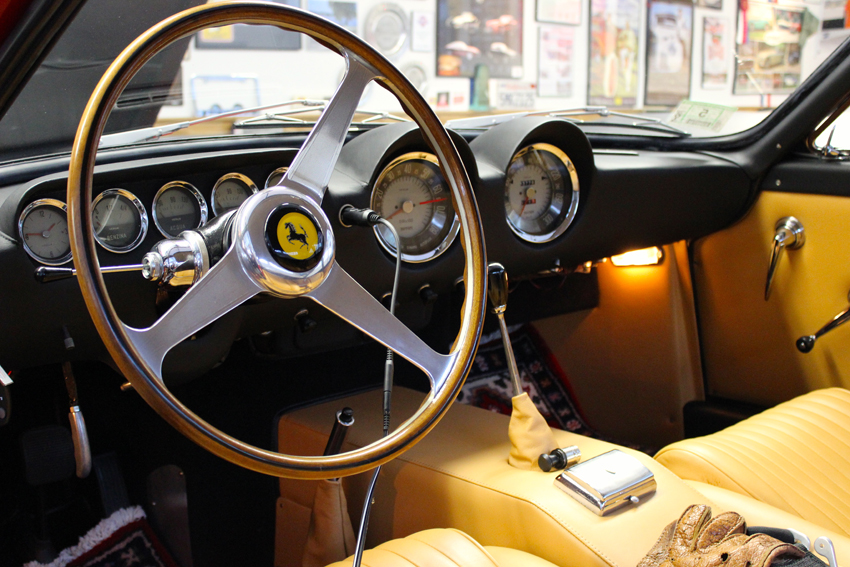
But it was the 1957 Porsche 356 Speedster (below) that stood out. It was hidden at first by a car cover, but the extremely low silhouette betrayed which model was residing underneath it.
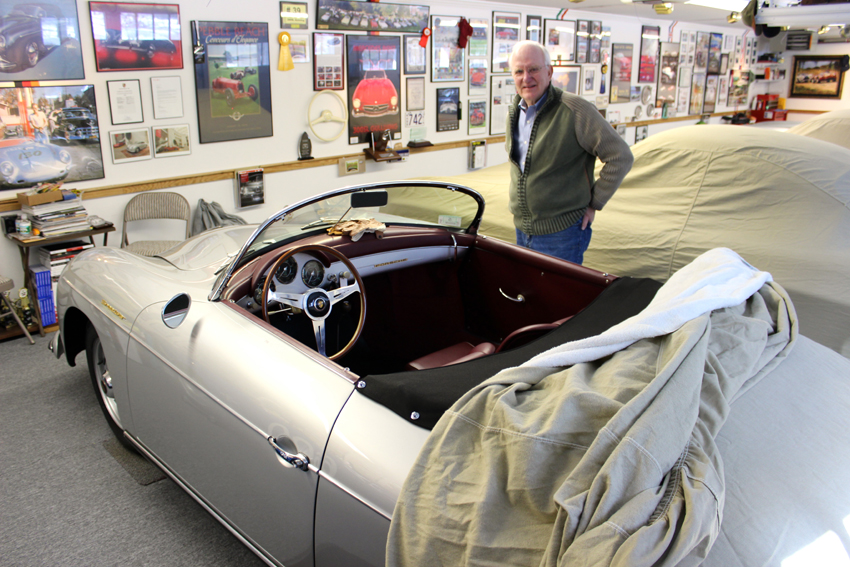
Tom learned that following him, I was visiting Arthur Gutierrez. Tom and Arthur are friends through their shared hobby, and Tom was kind enough to formally introduce me to Arthur.
Arthur left Cuba the day of the revolution and is a terribly kind and friendly individual (a common thread amongst nearly all collectors). His garage was stocked with all manners of American metal, but in this sea of American muscle, there were two European classics, a Jaguar XK120:
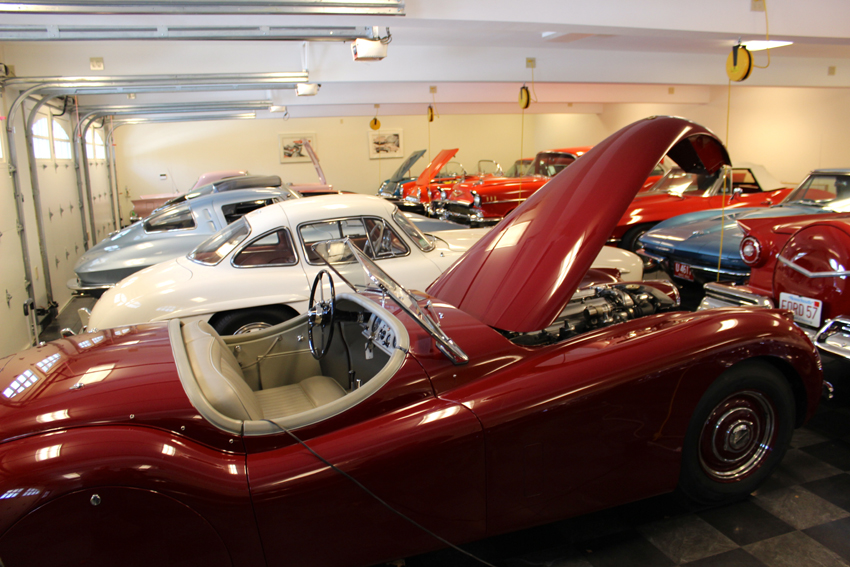
And the pièce de résistance, a Mercedes-Benz 300SL, also known as the “Gullwing” for its upward-swinging doors. The creamy white exterior gives way to a burgundy leather cabin in a way that only a Gullwing can. The 300SL was the fastest car of its day and is widely considered to be the first exotic car. Note the checklist kept by Arthur’s mechanic (below). Such meticulous curating of a classic is a collector’s dream.
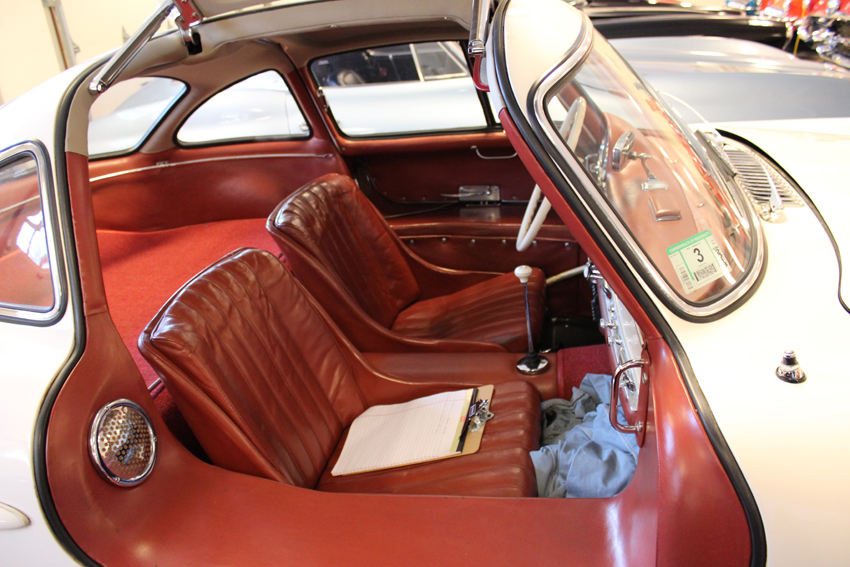
One full day of exploring automotive history was under my belt, and I was ready for more, but we had not locked up the entire list, and one name was being tossed around—J Geils. It seemed like a long shot, and I was preparing contingencies.
In addition to his lengthy career as a musician, John “J” Geils is widely known in the automotive community as a true enthusiast. His father raced vintage sportscars, and he shared the passion. It showed when we were able to track him down and drove to his home, about an hour northwest of Boston. We were greeted by Geils and his stable of Italian stunners, like this Fiat Dino Spyder:
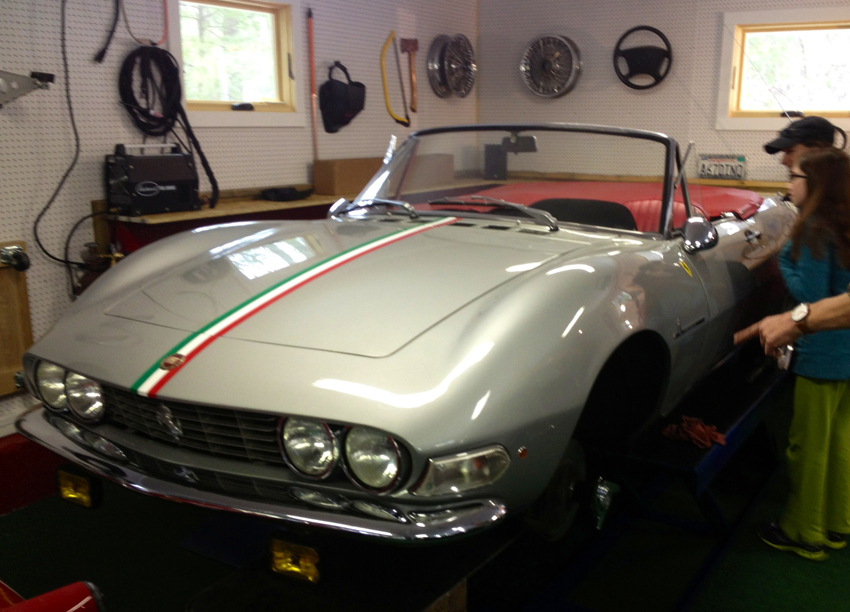
The 1961 Ferrari 250 GTE 2+2 that we decided on boasted a blue-and-gray paint scheme that was damn near regal. The yellow “Prancing Horse” logo adorned the front quarter-panel, informing all who looked upon it the race-bred V12 within:
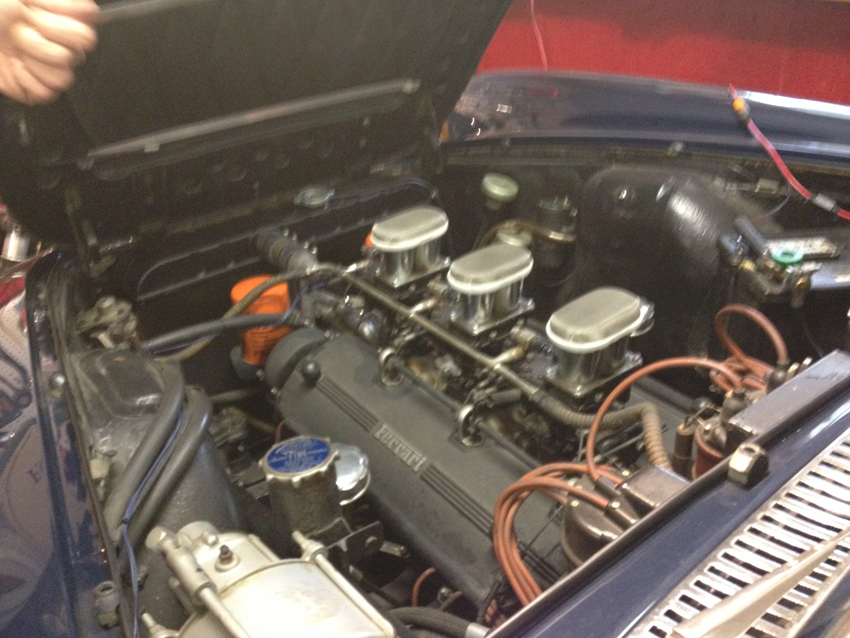
A car from Alfa Romeo, Ferrari, Fiat, Lancia, and Maserati were all represented in his garage. Geils said that the five essential Italian makes were here. I asked about the absence of a Lamborghini, to which he replied with a smile, “Like I said, the five essential Italian makes.”
Our final chapter of our search brought us to an unassuming garage in an industrial park north of Boston. It gave way to Bruce Male’s incredible collection, with an emphasis on Italian cars, including this Maserati, with custom body work by Italian design firm Zagato:
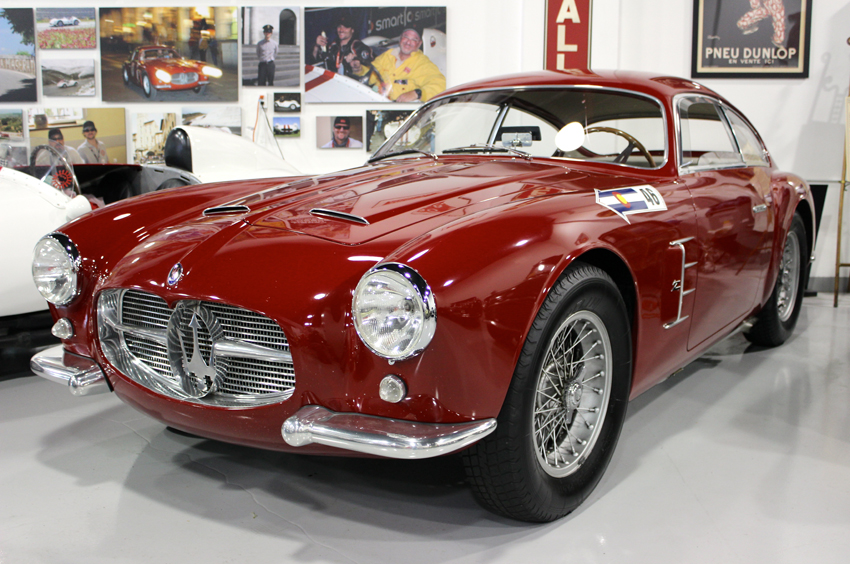
A 1954 Maserati racecar with a helmet painted in matching livery was a personal favorite:
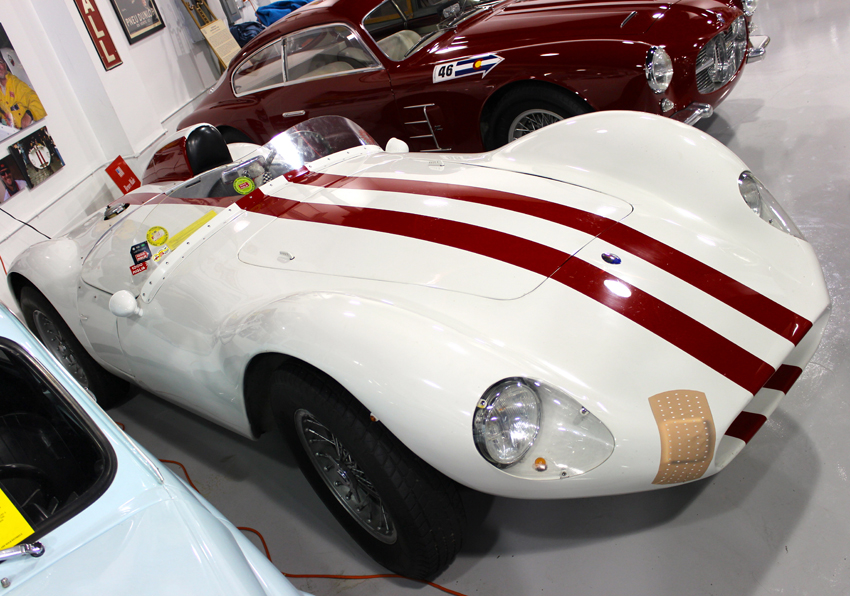
But, like the other garages, one car called out to us, like a soloist rising above the rest of the orchestra. And that was the 1954 Delahaye 135M:
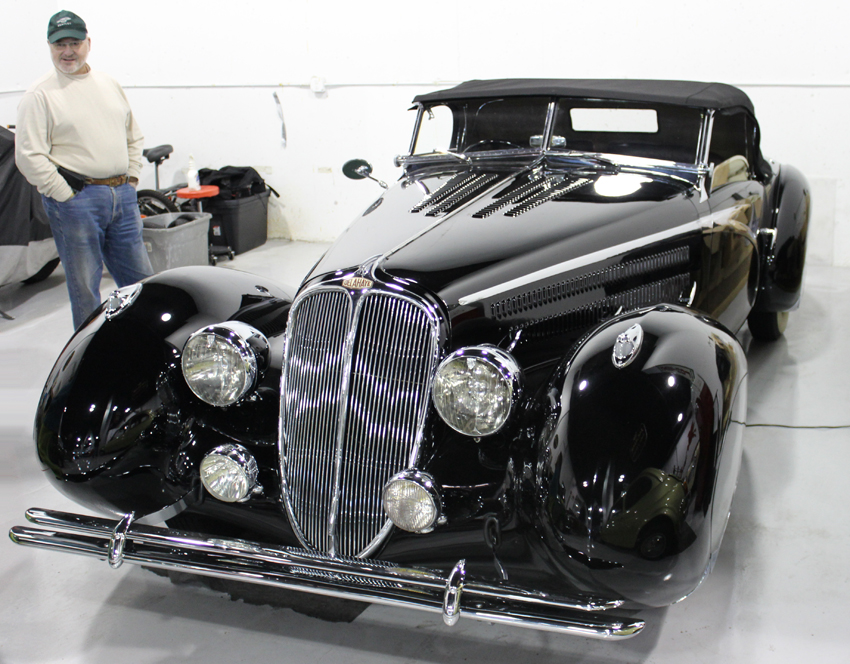
The massive French coupe had a custom body, like many “coachbuild” cars were in those days. The black paint and chrome accents on the body seemed to go on for miles. We quickly realized that we did not need six or seven cars. The head-turning beauty of the cars that we had was more than enough. Looking at the Delahaye, we realized that not only had we found our favorite from Bruce’s collection—we had found our cover car.
» Check out the result of our vintage car search in “Garage Candy,” from the summer 2013 issue of Boston Home.


